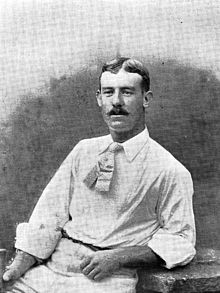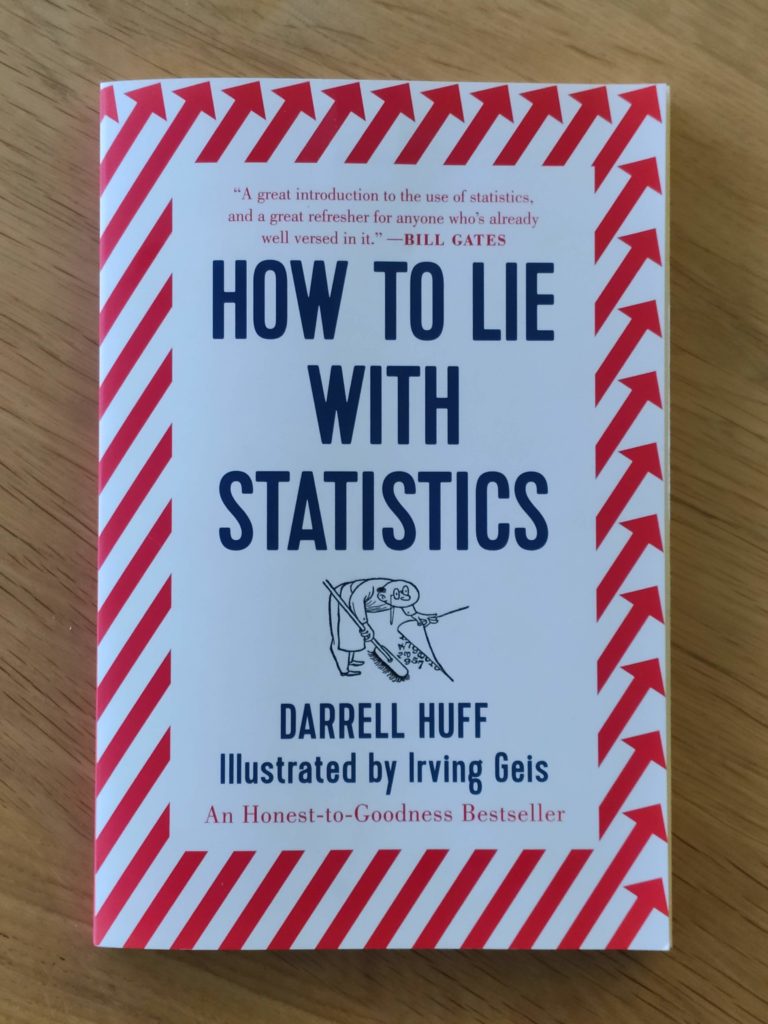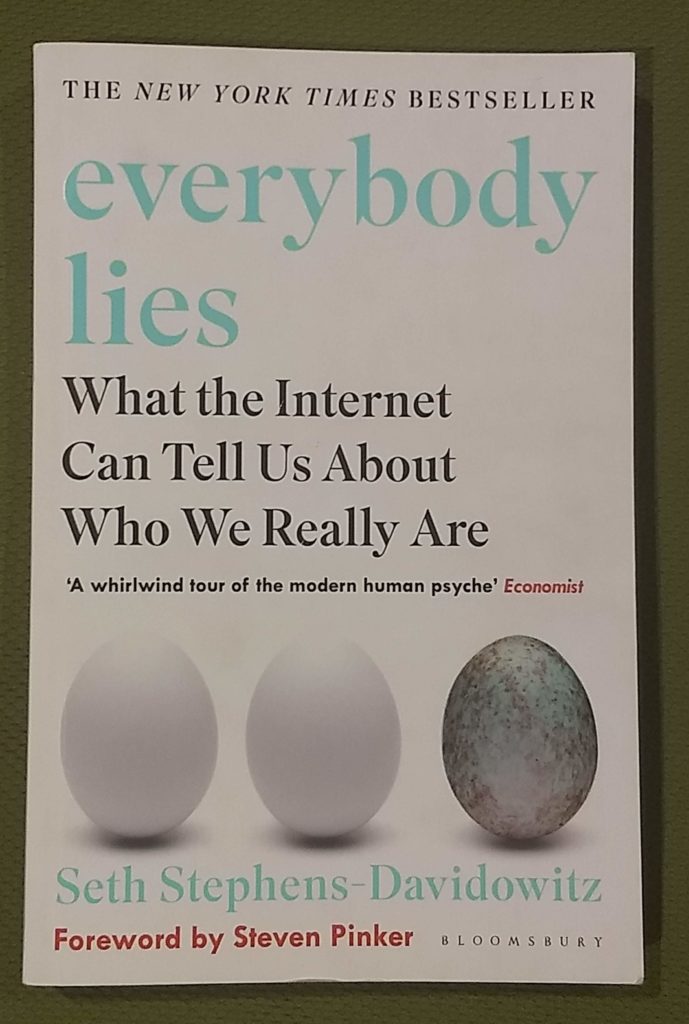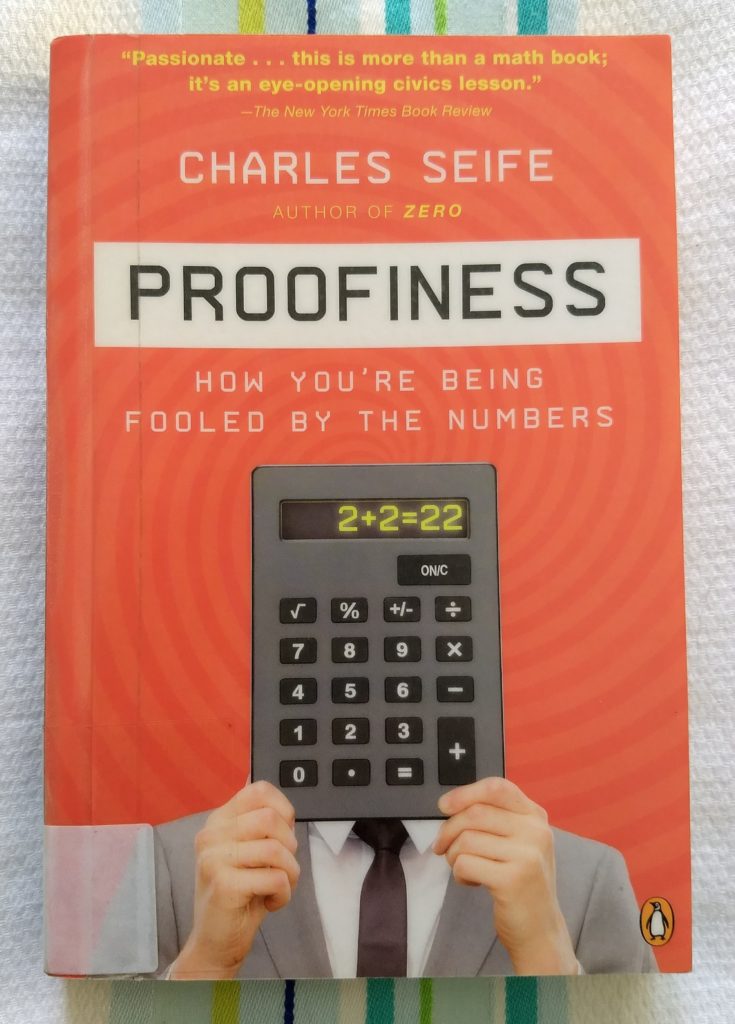 Back in the 1980s four all-rounders dominated the world test cricket scene: Ian Botham from England, Kapil Dev from India, Imran Khan (now a very prominent politician) from Pakistan, and Richard Hadlee from New Zealand. Much ink was spilled in the debate on who was the best, and how they compared with great all-rounders from the past such as Australia’s Keith Miller and Garfield Sobers from the West Indies. Many years ago I came up with a good way of evaluating all-rounders based on their statistics, and finally I have been able to crunch the numbers and come up with the results.
Back in the 1980s four all-rounders dominated the world test cricket scene: Ian Botham from England, Kapil Dev from India, Imran Khan (now a very prominent politician) from Pakistan, and Richard Hadlee from New Zealand. Much ink was spilled in the debate on who was the best, and how they compared with great all-rounders from the past such as Australia’s Keith Miller and Garfield Sobers from the West Indies. Many years ago I came up with a good way of evaluating all-rounders based on their statistics, and finally I have been able to crunch the numbers and come up with the results.
I should clarify a few things. This whole article relates only to men’s test cricket, though it would also apply to any other format. More importantly, the whole idea of rating players based on statistics is obviously flawed, as stats don’t capture everything about a player. But as long as we allow for that and don’t try to be too precise, I think we can gain some useful and interesting insights.
Continue reading →


 This is a great survey of all the ways to lie with statistics, and how to avoid being fooled by them. So many of the things we read and hear are based on numerical data, and often it’s hard to argue with them — “the numbers don’t lie”, they say. And it’s true: numbers don’t lie. But people lie, sometimes using words and sometimes using numbers.
This is a great survey of all the ways to lie with statistics, and how to avoid being fooled by them. So many of the things we read and hear are based on numerical data, and often it’s hard to argue with them — “the numbers don’t lie”, they say. And it’s true: numbers don’t lie. But people lie, sometimes using words and sometimes using numbers. Back in the 1980s four all-rounders dominated the world test cricket scene: Ian Botham from England, Kapil Dev from India, Imran Khan (now a very prominent politician) from Pakistan, and Richard Hadlee from New Zealand. Much ink was spilled in the debate on who was the best, and how they compared with great all-rounders from the past such as Australia’s Keith Miller and Garfield Sobers from the West Indies. Many years ago I came up with a good way of evaluating all-rounders based on their statistics, and finally I have been able to crunch the numbers and come up with the results.
Back in the 1980s four all-rounders dominated the world test cricket scene: Ian Botham from England, Kapil Dev from India, Imran Khan (now a very prominent politician) from Pakistan, and Richard Hadlee from New Zealand. Much ink was spilled in the debate on who was the best, and how they compared with great all-rounders from the past such as Australia’s Keith Miller and Garfield Sobers from the West Indies. Many years ago I came up with a good way of evaluating all-rounders based on their statistics, and finally I have been able to crunch the numbers and come up with the results.